Getting Around After Hip Replacement Surgery 髋关节置换术后功能锻炼
The following are some ways to incorporate movement after you have had hip replacement surgery. Discuss these techniques with your physicians and orthopedist before attempting them. Your physical therapist may modify some of these techniques depending upon your situation (i.e., age, weight, and procedure). Only do the techniques that are recommended by your physician and/or therapist.
下床
步骤1 由床的患腿侧下床,理疗师会教你怎样挪动手术肢体并帮助你怎样使用助行器。Get out of the bed on the same side as your operated leg. You physician and/or physical therapist will show you how to move your operated leg properly and will assist you the first few times while you're in the hospital. 
| |
步骤2
Pivot on your hips using your elbows to help. Keep your body straight with your operated leg kept to the side. Do not twist your leg. 以肘关节帮助支撑髋部,保持手术肢体与躯干在一条线上,禁止扭转患肢。 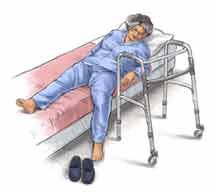
| |
步骤3
Move your unoperated leg around and sit on the edge of the bed keeping your operated leg straight. Hold onto your walker for support and stand. Do not bend forward as you try to stand. 将非手术侧腿移动至床边并保持患腿伸直。扶住助行器支撑站立,努力站起来时不能向前倾斜。 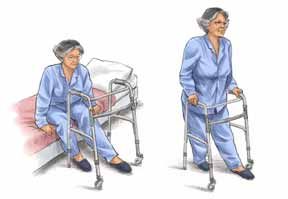
| |
Sitting 坐下
步骤1
Sit in firm, straight-backed chairs with high seats and armrests. You should avoid low, overstuffed chairs. Back your walker up until you feel the chair touching the back of your legs. 坐高位直靠背带扶手的座椅,座椅避免过低,坐垫避免过厚过软。后退助行器直至感觉到腿的后方接触到座椅。 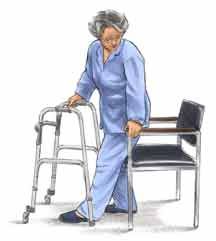
| |
步骤2
Release your hands from the walker and reach down and hold onto the arm rests. Slowly lower yourself keeping your operated leg straight out in front. 将手从助行器上解放出来后抓住座椅扶手,支持慢慢降低身体,保持手术侧肢体伸直在前方。 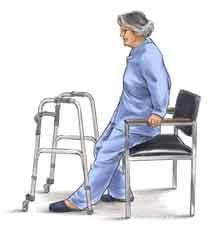
| |
步骤3
Sit then slide back in the chair bending your unoperated leg first. You use this technique when using a toilet with arm rails as well.先弯曲健侧腿向后滑动身体坐下,同样将此方法用于上卫生间。 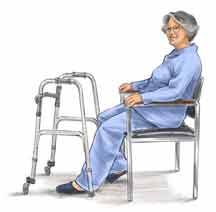
| |
Walking 行走
Once you can stand, you will use a walker to help you keep your balance. Initially you will be told to place only a small amount of weight on your operated leg as you walk. As you become stronger, your doctor will tell you when you can increase the amount of weight placed on your operated leg. 当你能够站立时,可以借助于助行器保持平衡。刚开始患肢只能部分负重行走。当肢体力量强壮时,医生会告诉你什么时候增加患肢负重量。
步骤1 Place the walker a few inches in front on you and hold on to the walker firmly with both hands. Keep you hip straight and step your unoperated leg into the center of the walker. To protect your hip, avoid rotating your hip or foot. 将助行器放置在面前几英寸处,用双手握紧助行器,保持髋关节伸直,将健腿置于助行器中间。 步骤2 Lean on the walker and let it support your weight. Step forward and through the walker with your operated leg. Be careful not to wrap your leg around the legs of the walker. 借助行器支持体重,术侧腿与助行器一起踏向前,注意不要碰到助行器腿。 步骤3 Lift your walker straight up (if it doesn't have wheels). Be sure to place all four of its legs down before stepping forward again. 提起助行器(如果助行器没有轮子),确定放稳所有助行器四条腿后方可再次迈向前方。 | | |
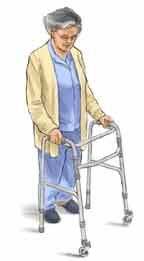
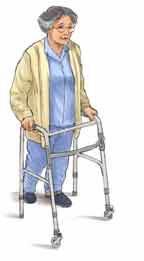
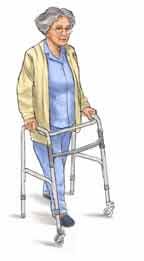
| | |
Crutches 拐杖
Once your muscles are strong enough, your physical therapist and/or physician may recommend crutches instead of using a walker. Your therapist will give you guidelines on how far and how long you may walk. When using crutches, put your weight on your palms, not your armpits. Don't twist to turn, take small steps instead. Your physician and/or therapist will tell you how much weight you can put on your operated leg. 当肌肉力量足够强的时候,理疗师会建议使用拐杖代替助行器。理疗师会制定行走实时间和距离方案。当使用拐杖时,身体的重量负在手掌上,而不是负重于腋窝下方。不能扭转身体,而以一小步代替旋转。理疗师会告诉你患肢能够负多少重量。
步骤1 With the crutches firmly in place, place pressure on your hands, not on your armpits. 正确握紧拐杖,将符合置于手上,而不是腋下。 步骤2 Move the operated leg and both crutches forward at the same time. 同时向前移动患肢和双拐。 步骤3 Looking up and straight ahead, first step through the crutches with the operated leg followed by your unoperated leg。 注视前方,首先拐杖和患肢迈出,紧跟着迈非手术腿。 | | |
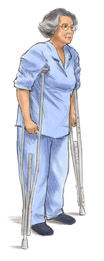
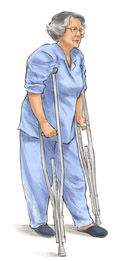
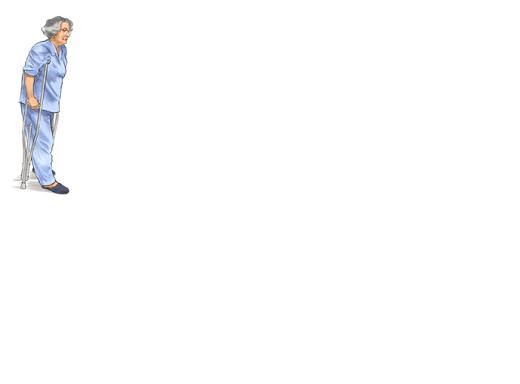
| | |
Walking Up Stairs with Crutches 扶拐杖上楼
With your crutches upright on the floor and firmly planted for support, lift your unoperated leg and place it on the step. Leaning forward on the crutches, lift yourself up. Use the crutches and your unoperated leg to support your weight. Now lift your operated leg up onto the step. You may want to have someone help you the first few times until you become comfortable with stairs. 握紧拐杖直立于地面上,先健侧脚放置在楼梯台阶上,将身体倾向前,利用拐杖支撑身体向上,利用拐杖和健腿支撑支撑自己的体重,然后抬患侧脚置于台阶上。 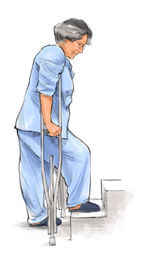
| |
| |
Walking Down Stairs with Crutches 扶拐杖下楼梯
Place your crutches and your operated leg on the lower step. Use the crutches for balance and lower yourself carefully down onto the step moving the crutches as you move the operated leg. Again, you may wish to have someone assist you the first few times you try this. 将双拐和患侧脚放到下一级台阶上,利用拐杖保持平衡和移动身体,再次移动拐杖同时移动患脚,最初几次可以由其他人来帮助。 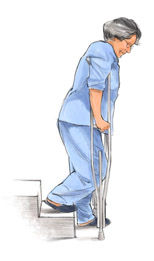
应该的避免危险动作
At first some movements will put too much strain on your new hip joint, which could cause the ball to slip from its socket. A therapist will teach you which movements to avoid. A few of the most risky ones are: 最开始活动时避免过度活动,否则会导致关节脱位,理疗师会讲述什么动作需要避免,最危险的动作是什么: 坐 Don't let your knee cross the midline of your body.
不能使你的膝关节交叉过身体中线 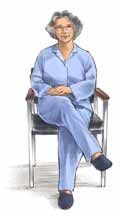
错误
Rather, sit with both feet on the floor, with your knees six inches apart.
双足置于地上,双膝关节之间保持6英寸距离。 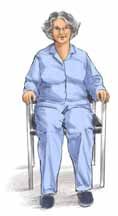
正确
转身 Don't plant your foot and rotate your new hip inward.
避免将足固定而旋转患侧髋关节。 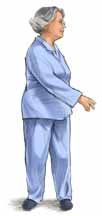
错误
Rather, turn both your feet and your body.
应该同时转动躯干和患足。 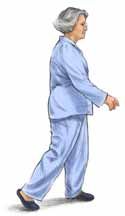
正确
弯腰 Don't bend all the way over from the waist.
不能完全弯腰 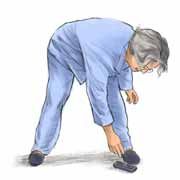
错误
Rather, use a device, such as a long-handled grabber to reach down.
正确的做法是以一种装长柄抓钩延长 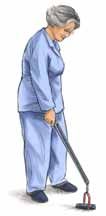
正确
Once You Are At Home 当你在家时
It is very important that you follow your surgeon's instructions. The following suggestions should be discussed with your surgeon before your hospital discharge遵循外科医师的指导是非常重要的,指导意见是主治医师在出院之前决定的。 If you will be using a walker or crutches to assist with walking, ask your doctor how much weight you may put on your operated leg. 如果需要使用助行器或者拐杖,向医生问明患者可以负多少重量。 Remember that you will probably tire more easily than usual. You may want to plan a rest period of 30 to 60 minutes mid-morning and mid-afternoon. 记得你会较平时更容易疲劳,可以计划每天上午十点左右和下午3点左右休息30-60分钟。 It is safer and easier to get in and out of chairs using both arms and you should avoid low or overstuffed furniture. To increase your comfort, use a cushion or pillow to raise your body while seated. 充分利用双臂起落座椅是比较安全和简单的做法,避免坐过低和厚软垫座椅。坐起的时候可以用电子或者枕头垫高垫着。 An elevated toilet seat may reduce stress to your hips and knees as you sit and stand. 利用高位马桶在起来和坐下来时可以减少髋关节和膝关节的应力。 A shelf placed in the shower at chest height may reduce having to bend to retrieve items while in the shower. A bathtub seat (bench) allows you to sit while bathing for increased safety and comfort. 为了增加安全性和舒适度,洗浴时可以坐在浴缸座上。 A long-handled bath sponge may be used to reach lower legs. Women can also purchase razor extenders to shave their legs. 使用长的搓澡巾可以到达下肢,女患者可以购买剃刀给自己的腿剃面。 Avoid sweeping, mopping, and running the vacuum cleaner. Use long-handled feather dusters for dusting high and low items. Your doctor will tell you when it is okay to sweep, mop, and vacuum. 避免扫地、拖地和使用吸尘器,用长把手羽毛单子打扫高位和地位置的灰尘。你的主治医师会告诉你什么时候可以扫地、拖地和使用吸尘器。 You may ride in a car, but you must follow your doctor's instructions for how to get in and out of the vehicle. You can raise the height of the car seat with pillows to protect your hips and knees as well. 你可以乘坐轿车,但是必须按照医生的知道上下车,用枕头垫高车上的坐垫保护髋膝关节。 Your doctor will talk with you about when you can drive, typically within four to six weeks after surgery. If you have a car with manual transmission, talk with your doctor about driving limitations. Make sure you can brake the car without discomfort before you attempt to drive in traffic. 医生会告诉你什么时候可以驾车,一般情况下在手术后4-6个星期,如果你的汽车是手动变速器,医生会告诉你驾驶注意事项,确信你在驾驶时刹车没有不舒服。 Constipation is a common problem for patients following surgery. This is usually due to your limited activity and any pain medications you may be taking. Discuss your diet with your doctor. It should include fresh fruits and vegetables as well as eight full glasses of liquid each day, unless your doctor tells you otherwise. 便秘 是患者术后最常见的问题, 便秘 可限制活动和止痛药物的应用。 Your doctor will probably give you a prescription for pain pills. Please follow your doctor's instructions concerning these medications. 主治医生会给你止痛方案,请按遗嘱服药物。 Some swelling around the incision is normal. You will find it more comfortable to wear loose clothing to avoid pressure on the incision. Ask your doctor or other qualified health professional about appropriate wound care. 伤口周围稍微隆起是正常的,穿宽松的衣物可以减少对伤口的压力,找主治医生或者有许可证的专科医生做适当的伤口护理。
| |

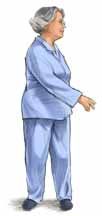
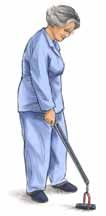
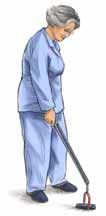
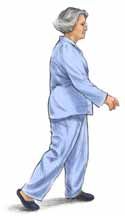
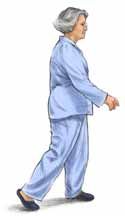
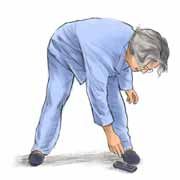

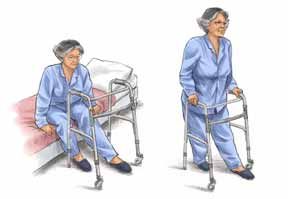
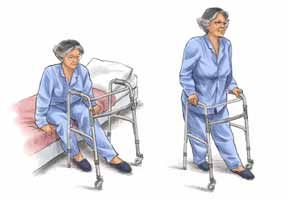
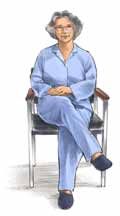
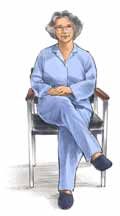
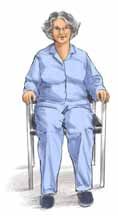
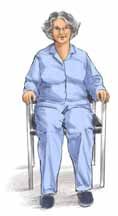
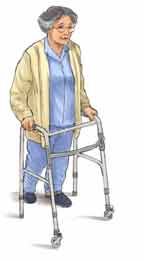
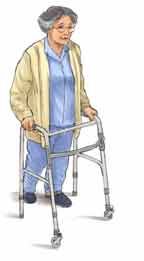
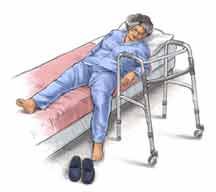
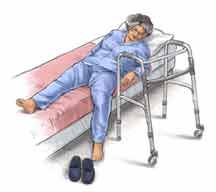
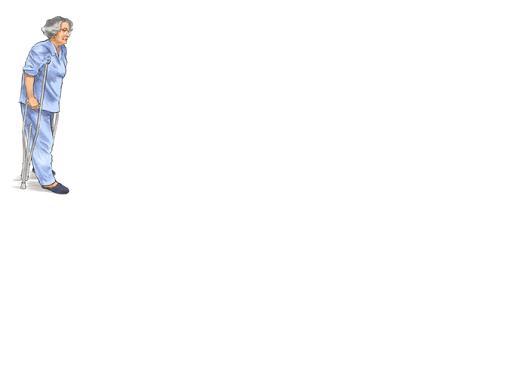
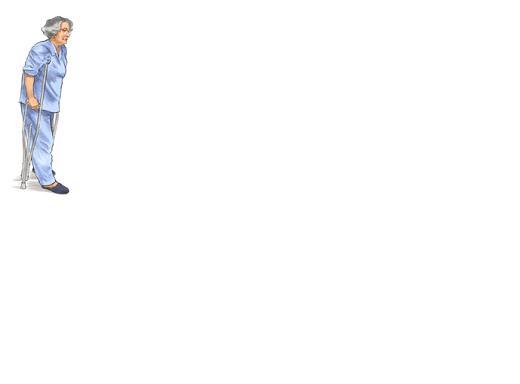
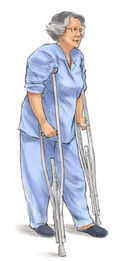
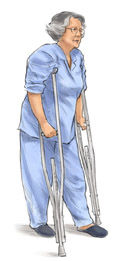
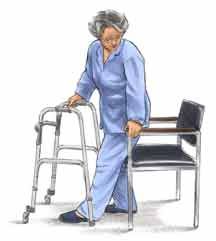
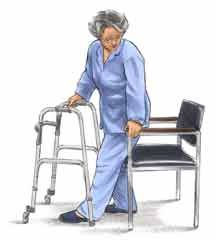
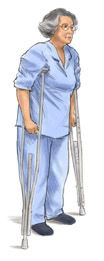

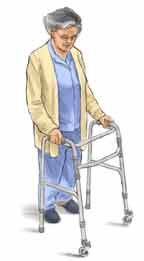
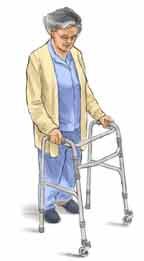
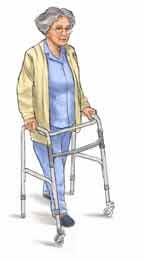
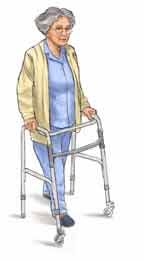
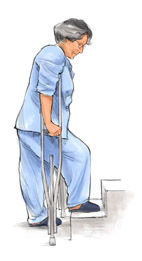
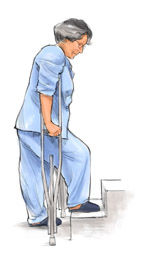
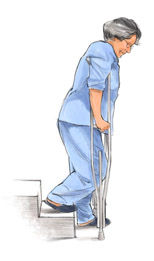
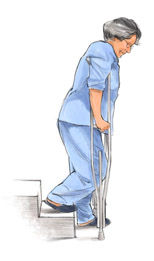
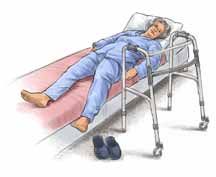
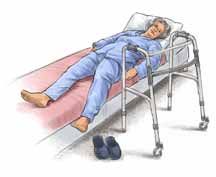
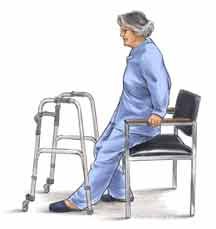
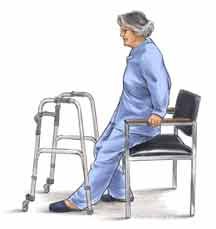

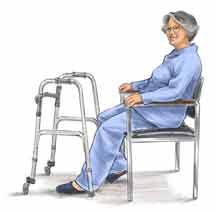
本文是覃健版权所有,未经授权请勿转载。 本文仅供健康科普使用,不能做为诊断、治疗的依据,请谨慎参阅







































